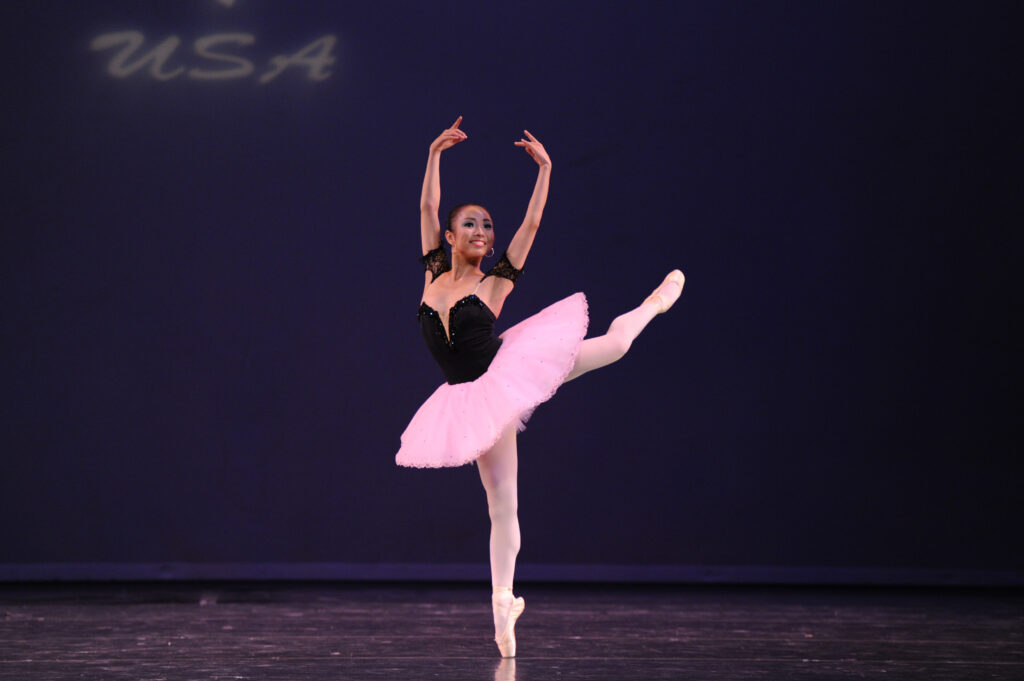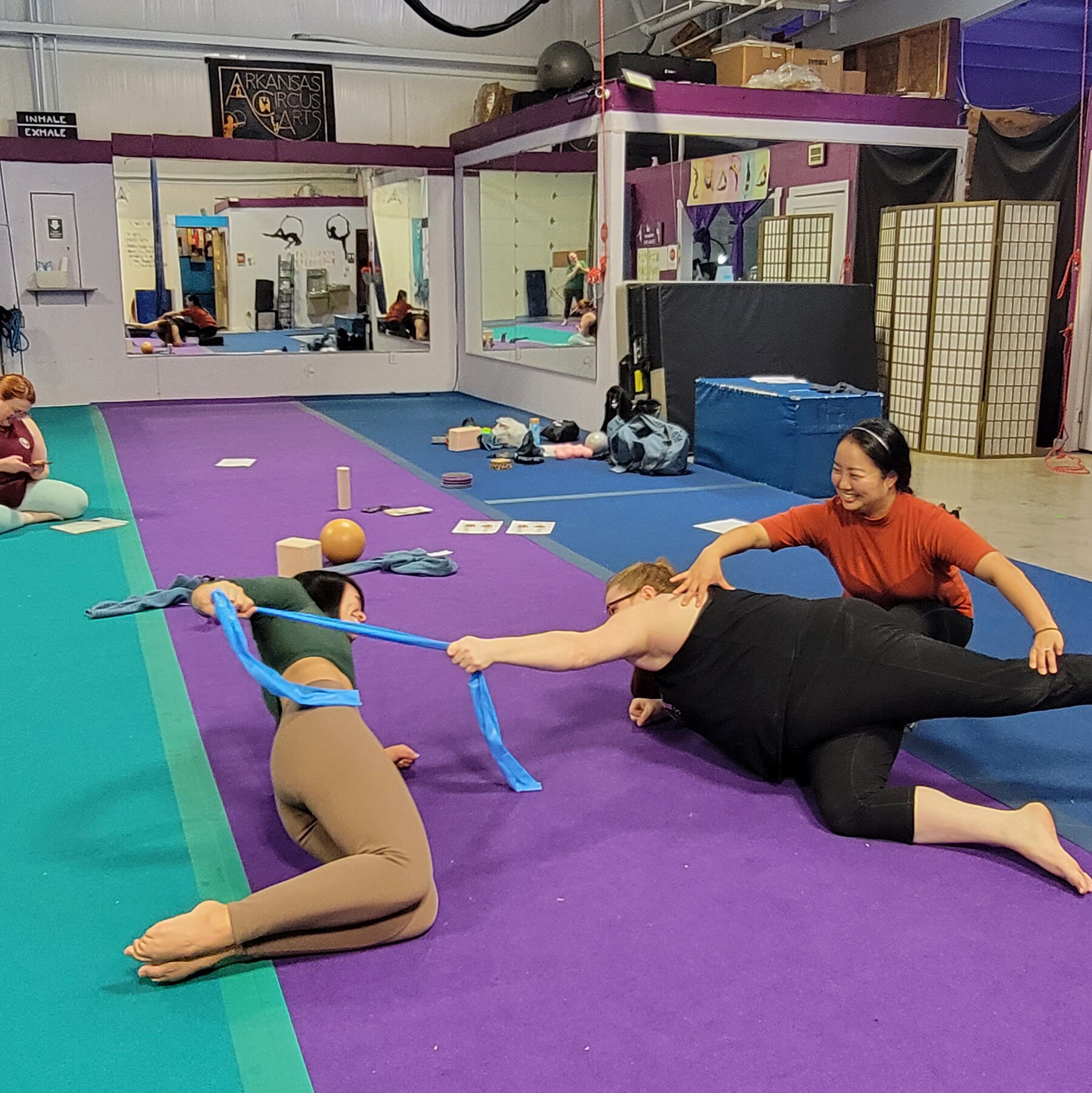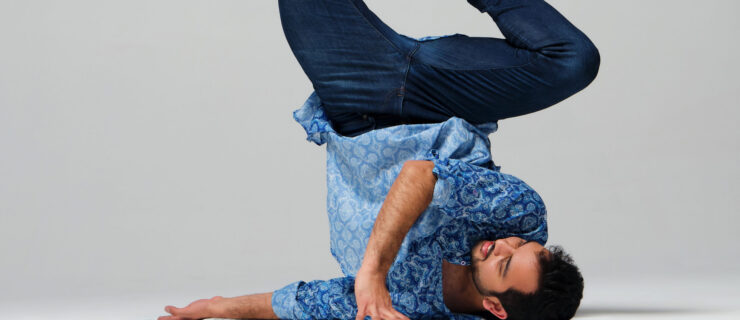How Physical Injuries Can Impact Mental Health
It seemed that Natsuko Oshima’s dreams were coming true. She had just received an offer from artistic director Julio Bocca to join the National Ballet of Uruguay. Oshima had previously suffered a stress fracture while performing with the Romanian National Opera, however, and had to undergo surgery just a month and a half before joining Bocca’s company.
At first, she tried to hide the fact that she was in recovery at her new company. After she was cast as Gulnara in Le Corsaire, Oshima decided to tell Bocca the truth. “He was super-kind and understanding,” she remembers. “He said, ‘Please take your time, we have physio, and take it easy.’ ”
Although Oshima began to heal, she says she pushed herself too hard in rehearsals and performances—and ultimately the fracture grew. In the end, her injury forced her into an early retirement. Although she found a way to channel her passion for ballet into her current career as a physical therapist specializing in treating dancers, she still struggles with the emotional pain of leaving her performing days behind. “My soul is still recovering,” Oshima says. “By helping other patients and dancers, I also keep healing myself.”

The Emotional Impact of Injury
In addition to the physical pain that comes with an injury, the recovery can be emotionally taxing. “There can be clinical depression that sets in, or mood changes—very sad, very uncomfortable, feeling frustrated, maybe feeling angry,” says Lynda Mainwaring, a Toronto-based sports psychologist who has studied the mental impact of physical injuries on dancers. Suffering in silence can exacerbate the challenges of an injury: Not only can it hinder a dancer’s capacity to give their body the care, rest, and rehabilitation it needs, but it also potentially limits their ability to seek mental health support.
A significant or chronic injury can also trigger a profound sense of identity loss for dancers, as the pain of a physical setback also jeopardizes their main creative outlet. “I once had a dancer ask me, ‘Who am I, now that I’m not a dancer?’ ” Mainwaring says.
Getting Help
Dancers suffering from an injury should consider emotional recovery as well as physical recovery and, if experiencing mental health challenges, seek professional help. According to Mainwaring, finding someone to confide in is key, particularly a psychologist or psychiatrist who has experience working with dancers.
For those who haven’t worked with a mental health professional, Mainwaring recommends starting by opening up to another member of the care team, like a physical therapist, who might be able to recommend specific help. “If you’re going to your physiotherapist, talk to them,” she says. “They are not trained in counseling and will refer out, but they are very good to speak to because they can help with coping skills, and are someone who understands.” Mainwaring acknowledges that the financial commitment of therapy might be a stretch for some dancers so suggests a support group of performers in similar situations as an alternative option.

Developing Additional Skills
In addition to collaborating with a care team to facilitate recovery, dancers can equip themselves with personal coping skills. Mainwaring emphasizes the importance of maintaining a routine, even if recovery involves a hiatus from rehearsals and performances. Engaging in safe physical activities and prioritizing a nourishing diet are pivotal. Additionally, mindfulness can also be a valuable skill to cultivate. “Mindfulness and relaxation are very, very helpful to quell that anxiety and also to provide a little bit of space and perspective on what’s going on,” Mainwaring explains.
In the face of a potential career-ending injury, seeking out resources designed specifically for dancers considering the next professional phase can prove invaluable. Career Transition For Dancers, offered through the Entertainment Community Fund, helps dancers adjust to life after a performance career through individual counseling, scholarships, and educational panels. Oshima recommends focusing on fostering a new skill or interest, whether it be dance-adjacent or completely unrelated. “If you want to learn anatomy, that would be great,” she says. “It doesn’t have to be related to ballet—if you want to learn new languages, that’s really good too.”





